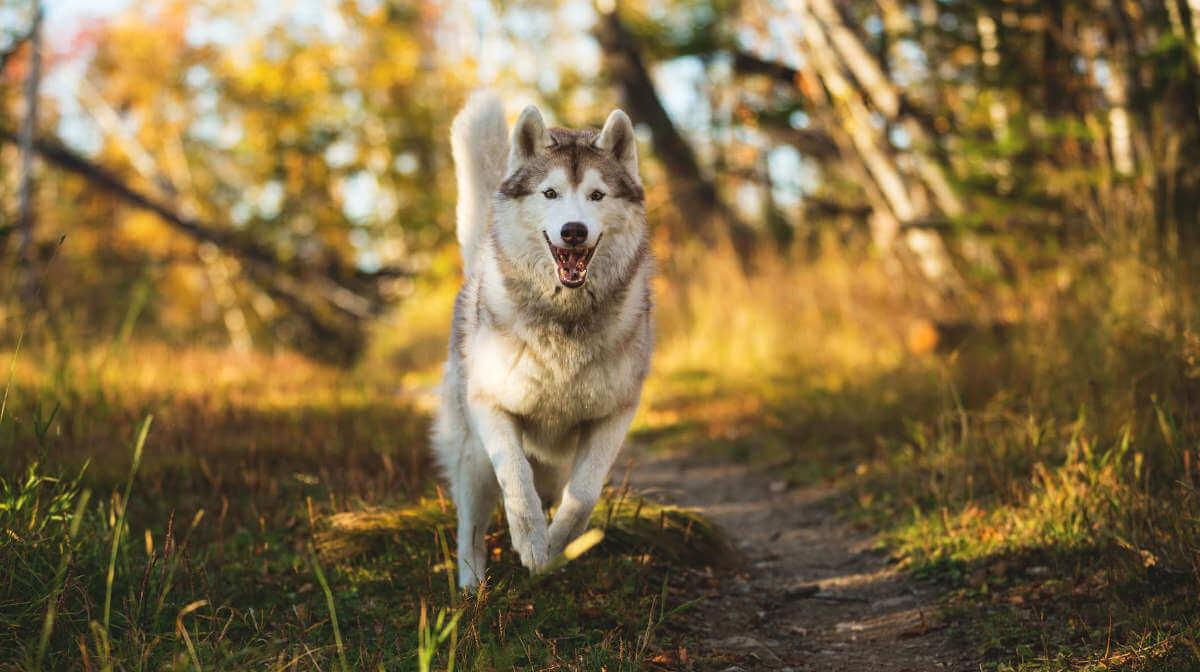
Prevent and Treat Flea infestations
It can sometimes be a little embarrassing to find that your pet has fleas. As fleas are often associated with a lack of hygiene, we may blame ourselves for flea infestations, fearing we haven’t taken good enough care of our pet. However, it is vital to remember that fleas can be an issue even for the cleanest homes and dogs. The prevalence of these parasitic insects means that knowing how to get rid of fleas on dogs is a key skill for any owner. Here, James Wellbeloved provides some insight into how your dog may contract fleas and what owners can do to prevent or treat infestations.
HOW DO DOGS GET FLEAS?
Dogs often contract fleas by interacting with other animals. Fleas have powerful legs that mean they can easily jump onto your pet from another dog or the surrounding environment. The lifecycle of fleas means that they can often recur after your dog has been treated. A female flea can lay hundreds of eggs on your dog in just a few days. These hatch into tiny larvae that burrow into carpets, soft furnishings and often your dog’s bedding, which then develop into pupae. These pupae can lie dormant for a long time, until conditions are right for the fully-grown flea to emerge. The flea can then jump onto your dog, beginning the infestation again. This makes it important to know how to properly get rid of fleas, both on your dog and from your home.
WHAT ARE THE SYMPTOMS OF FLEAS?
There are a few signs that can indicate your dog has fleas:
Excessive scratching or itching
Patches of hair loss
Redness or irritation
If you suspect your dog has fleas, you can check with a fine-toothed comb. This will pick out fleas and eggs from your dog’s fur. A comb will always remove some black specks, but if these turn a reddish-brown when water is added, it is likely your dog has fleas.
THE EFFECTS OF HAVING FLEAS
Aside from creating unpleasant itching for your dog, fleas can have some serious implications for their health. These include:
Fleas feed on blood, so young dogs can be seriously weakened by an infestation
Flea larvae can become infected with tapeworm eggs. If your dog ingests one of these larvae or fleas, they can become the host for the tapeworm parasite
Fleas can carry disease and spread it to your dog
Some dogs may suffer allergic reactions to flea saliva
HOW TO GET RID OF FLEAS ON DOGS
Although fleas can be worrying, they are fortunately fairly simple to treat. There are many effective flea treatments available for purchase, although you should consider consulting a vet to find the best one for your pet. You should never use a flea treatment intended for a different animal, such as a cat, as these can contain chemicals that are hazardous to dogs. Ensure that you follow the instructions of the treatment carefully. Each will have different periods they recommend between use and it is important to follow these for effective usage.
AVOIDING RECURRENCES OF FLEAS
While treatment of the fleas on your dog may be relatively easy, avoiding future infestations can be harder. As flea larvae can remain dormant around your home for long periods, you must ensure you clean your home thoroughly to prevent recurring infestations. You should:
Clean all bedding and carpets regularly
Vacuum floors, skirting boards and even furniture regularly
Throw away the dust bag from your vacuum after each use
Bath your dog regularly
Following these steps is the most effective way to stop your dog getting fleas, however there is no way to guard completely against them. If you are worried that your dog has fleas or you are struggling to deal with infestations, you should consult a vet for advice.

Related Articles








